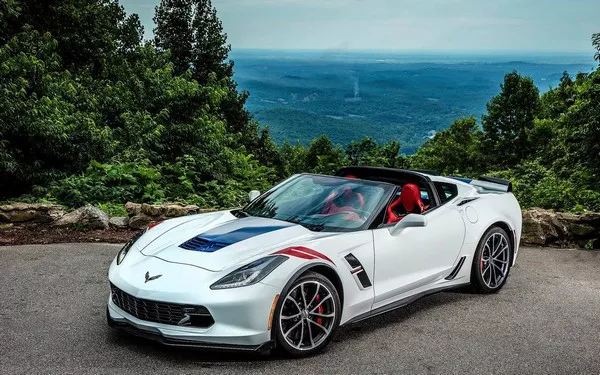Under the background of the gradual depletion of traditional non-renewable energy and the increasing pollution of the natural ecological environment, the development of new energy and the development of new energy products has become a project vigorously promoted by all countries and industries in the world.
As far as the auto industry is concerned, everyone knows that new energy electric vehicles are cheaper than traditional fuel cars.
But has anyone carefully calculated how much it costs to charge a new energy vehicle?
How do you charge it?
In the first case, you charge it at home.
This should be the way more people choose.
Because THE HOUSEHOLD ELECTRIC POWER IS GENERALLY IN 0.5 YUAN OR SO, ACCORDING TO 0.5 YUAN ONE DEGREE OF electricity to calculate, again simple HOWEVER, WITH CHARGER POWER MULTIPLIED BY CHARGING TIME CAN be.
Of course, the charging time is related to the battery capacity of the new energy electric vehicle and the power of the charger. For an electric vehicle with a range of 200 kilometers, for example, a full charge will cost about 15 yuan.
In the second case, the charging pile provided with the car is used for charging.
Although the charging pile is given to the owner, the owner needs to apply for installation permission from the local power department, and relevant personnel can install it only after the application is passed.
And no matter what kind of power system the charging pile is installed in, it will charge electricity according to a specific price, which is neither household electricity nor commercial electricity.
Generally, it is about 0.6 yuan per KWH, or an electric vehicle with a range of 200 kilometers, for example, it usually needs about 18 yuan.
The third situation is that the road is out of power or emergency use of fast charging pile charging station.
This is also the most expensive way to charge, generally in the price of 1.6 yuan to 1.8 yuan per KWH, or take the new energy electric vehicle with a range of 200 kilometers as an example, the full cost is about 45 to 60 yuan.
[Phenomenon] New energy vehicle sales growth vehicle cost problem has not been popular











































